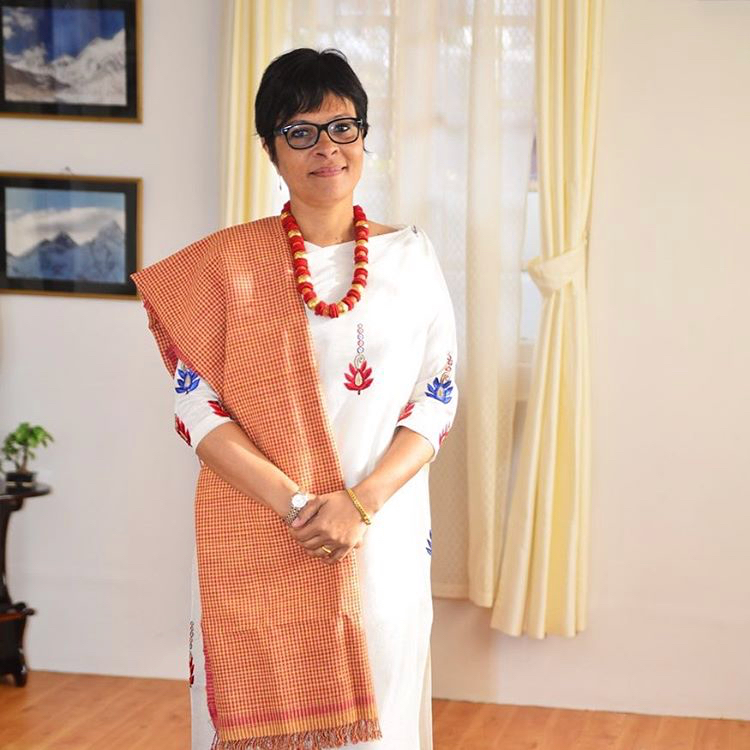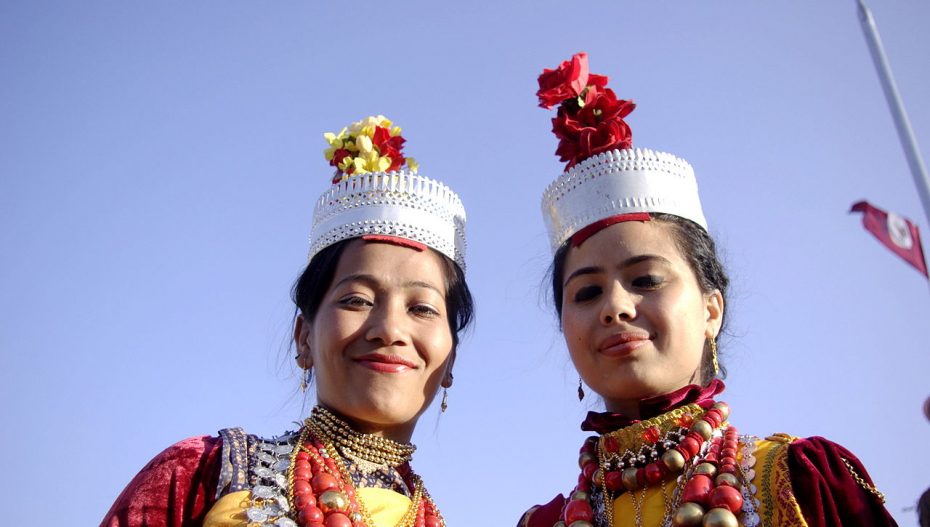Chanakya said no amount of worldly knowledge could help anyone understand what is on a woman’s mind.
That may have been a rather chauvinistic declaration, but in these modern times too, we are faced with a peculiar predicament of what really drives the perpetrators of crime against women.
Which of the two worlds – a feminist or matrilineal one or a male-chauvinistic one suits women better? If a skewed sex ratio in Haryana leads to an increased number of rape cases, why then do we have such cases in Meghalaya?
The northeastern state of Nagaland is generally known for a male-biased society. The state has so far held the distinction of not having any elected woman lawmaker in the assembly.
Here, incidents of crime against women in 2020 stood at 39. In sharp contrast, another northeastern state Meghalaya is a matrilineal society.
In the social systems of Meghalaya, all three tribal groups – Garos, Khasis and Jaintias – practice a norm under which men use the surname of their mother and go to their mother-in-law’s home after marriage.
But the sad part of the tale is women are more unsafe in Meghalaya.
In 2020, Meghalaya recorded 568 cases of crimes against women.
This data, according to the Home Ministry’s National Crime Records Bureau (NCRB), is much higher than states similar in population and size such as Manipur, Nagaland, Mizoram, Sikkim, and Arunachal Pradesh in the northeast.
Opposition Congress legislator, Mazel Ampareen Lyngdoh, says: “There are various factors starting from alcoholism to drug abuse by men and also growing numbers of single mothers in rural areas”.

In other words, she says, women are ‘vulnerable’ to such attacks and the wife or mother being the guardian of the house does not make any difference.
Quizzing a few social workers in Nagaland revealed another striking feature.
“In Nagaland, the society and the family system is male-biased. But women are safe; and even insurgents carrying guns would not disturb women and children,” says one social worker in Dimapur on the condition of anonymity.
In Meghalaya, the figure of 2020 is not a sudden occurrence. Even in 2008 or 2013 – there were a high number of cases for crimes committed against women.
Some say, there are myriad issues related to men-women relationships in the socio-political context also.
A law was adopted in 2018 by the Khasi Hills Autonomous District Council that said that any Khasi woman who marries a non-Khasi, as well as her offspring born out of such marriage, shall be deemed as non-Khasi.
In other words, despite matrilineal traditions, the real political power is with the men.
A resident of a small hamlet Nongpoh and a mother of three daughters says: “In several cases, young girls are generally caught unawares among known people. You will find instances of stepfather having committing the gruesome act”.
Police also agree. In some instances, the victims and their mothers complained that such cases were perpetrated in moving vehicles by “unsuspecting people whom the victims knew”, they say
The Meghalaya Commission for Women, a statutory body, had stated a few years back that most of the victims come from families who are economically challenged and from broken homes.
In 2018, cops arrested one of their own personnel for allegedly raping a woman in her tea shop. In 2013, the total number of rape cases registered in Meghalaya was 179, out of which 118 cases – about 64 per cent – involved victims below the age of 18.
Congress legislator Ampareen Lyngdoh agrees. “I am really concerned. In Meghalaya along with women, even children are not safe. I am also the chairperson of the Assembly Committee for Empowerment of Women, we have taken up these seriously and also pulled up at least four district administrations”.
She also says that the growing number of broken marriages and women being forced to stay alone and manage home, ensure regular income during the time of a pandemic and lockdown have also contributed to an increase in these crimes. But old trends can not be brushed aside.
An independent MLA, Julius Kitbok Dorphang, who is an ex-militant, was arrested for raping a 14-year-old in 2017. He was sentenced to 25 years in jail by a special court in August this year.
The Special Judge (Protection of Children from Sexual Offences – POCSO) Febroneous Silkam Sangma also slapped a penalty of Rs 15 lakh on the 56-year-old leader.
Social workers are angry about the situation but also clueless about the solutions. A Shillong based-educationist says, “No single law or some drastic action, and arrest of suspected and habitual offenders can solve this problem”.
The issues ought to be understood in their entirety and then a solution worked out, she says.
“Most often for malaria, we think burning a coil or spraying some liquid could stop it. The real issue is open drainage. Similarly, for the growing number of crimes against women in Meghalaya we need to identify the drainage – the real source for such crime,” she told this journalist.
In some northern states such as Haryana, the male-female ratio is often blamed for rising rape incidents.
It is said, the skewed sex ratio compels men to get brides from other states by paying a hefty amount. Here again things are perplexing and cannot be analysed taking Haryana’s case as an example.
The Sex Ratio in Meghalaya is 986 for each 1000 male and this has increased from 975 per 1000 males between 2001 and 2011.
Haryana recorded 922 female births per 1,000 males in 2020, a major improvement from what was around 877 women to every 1,000 men some years back.












